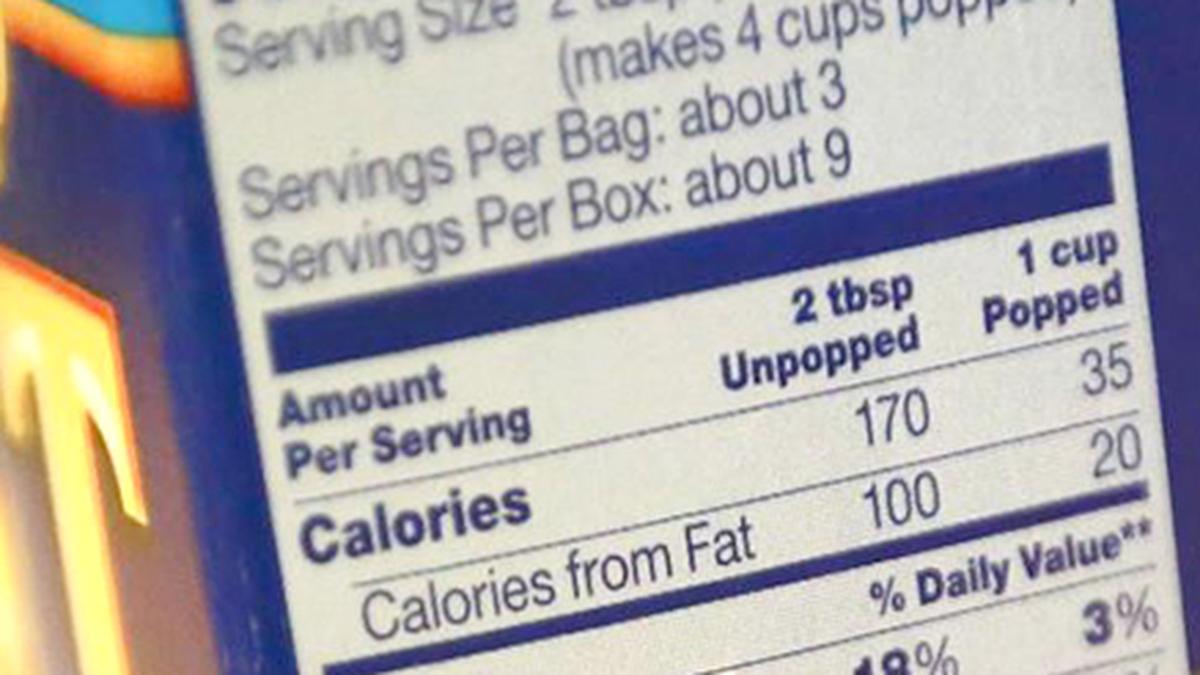
File photographs have been used for representational purposes only. Photo courtesy: Reuters
According to the World Health Organization’s first draft guidelines, products should have easy-to-read nutrition information on the front to help consumers make healthy choices.
The increasing consumption of processed foods rich in salt, sugar and fat is a major cause of the global obesity crisis, with more than a billion people living with the condition and nearly eight deaths each year due to related health problems such as diabetes and heart disease. Million people die. The disease, WHO data shows.
Yet governments have struggled to introduce policies to curb the pandemic.
The UN agency reported that currently, only 43 WHO member countries have any type of front-of-package labeling, either mandatory or voluntary. reutersDespite evidence showing that labels can influence purchasing behavior.

WHO began work on draft guidelines in 2019, which were not previously reported. Their aim is “to help consumers make healthy food-related decisions,” Katrin Engelhardt, a scientist in WHO’s division of nutrition and food safety, told. reuters by email.
Public consultation on the guidelines closed on October 11 and the final version will be released in early 2025.
WHO guidance recommends governments implement “interpretive” labels that include nutritional information and some explanation of how healthy a product is.
An example would be the NutriScore, developed in France and used in many European countries, which grades food from A (green, containing essential nutrients) to E (red, containing high levels of added salt, sugars, fats, etc. or calorie content).

Chile and many other countries in Latin America use a strict system in which warnings that a food is high in “sugar”, salt or fat are written on the front of the package in a black octagon resembling a stop sign. Looks like.
Food labeling expert Lindsey Smith Talley, co-director of the Global Food Research Program at the University of North Carolina, Chapel Hill, said the food industry has pushed back against warnings and favored “non-interpretive” labels, including information on nutrients. Contains information about but no guidance on how to interpret its meaning, as used in the United States. This week, US Senator Bernie Sanders announced plans to hold a Senate hearing on stricter food labeling in December.
While the WHO recommendation is a step forward from the industry’s preference, it is “significantly weaker,” Talley said.
“The most important thing for most countries globally is to limit excess intake of added sugars, sodium, saturated fat and ultra-processed foods – which is where warning labels work best.”

Research conducted by Tally this summer showed that with Chile’s warning labels, along with other policies such as marketing restrictions to children, Chileans consumed 37% less sugar, 22% less sodium, 16% less saturated fat and 23% less total Bought calories, if there was no law. Was implemented.
WHO said there was not enough evidence to determine the best labeling system.
The International Food and Beverage Alliance, whose members include Coca-Cola Co. and Mondelez International Inc., said its members already have minimum worldwide standards in place. These include listing nutrients on the back of packages, as well as stating minimum energy content on the front of pack, where practical, in line with the international Codex Alimentarius system.
IFBA Secretary General Rocco Rainaldi said, “This is something that global companies can do, but it is clearly not enough because if you take Nigeria or Pakistan… the market is dominated by local producers.” He said coalition members broadly support WHO guidelines and nutrient-based labels.
“But the devil is in the details – generally speaking, we do not support viewpoints that denigrate particular products,” he said. “We do not think that health-warning type labels belong on food products that are considered safe, approved and marketed, and liked by consumers.”
published – October 18, 2024 04:53 PM IST
